Scarpa Spin Infinity
Test Locations: Logan, Utah Test Duration: ~50 miles Stated Stack Height: 35 mm (heel) / 31 mm (toe) Stated Heel-to-Toe Drop: 4 mm Stated Features:- Breathable mesh with overlays of thermally welded PU film for additional protection, support and abrasion resistance.
- SOCK-FIT LW: Stretch fabric incorporated with a minimal stretch tongue provides gentle wrapping and support, reducing bulk and enhancing fit.
- Low profile stretch pocket for stowing laces after tying.
- Dual-density compression molded EVA with our Foot Stabilizer Control System in medium density for stability and torsion control and a low density base for max cushioning.
- Vibram® outsole with Megagrip rubber compound for increased traction and friction.
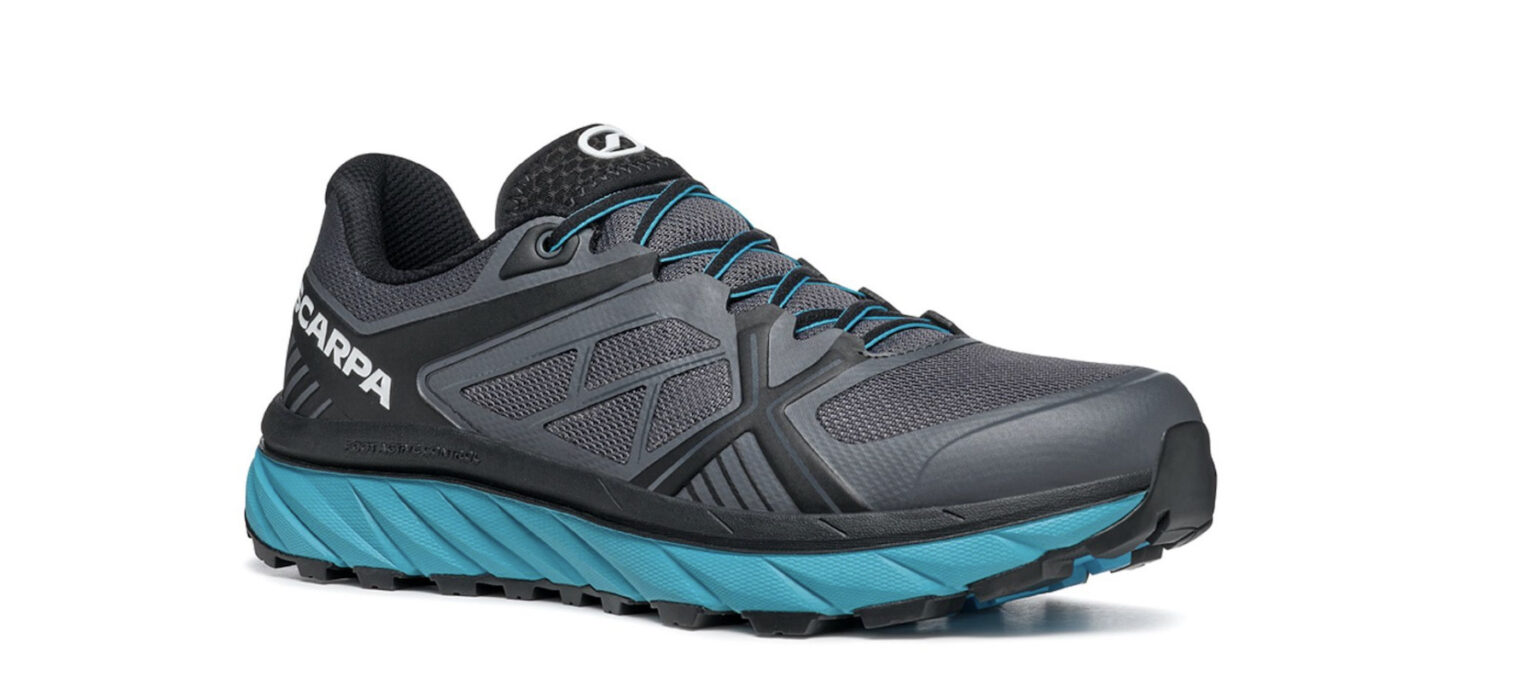
Reviewer: 6’1”, 145 lbs / 185 cm, 67 kg
Size Tested: US Men’s 11.5
Stated Weight per Shoe (US Men’s Size 9): 306 g / 10.8 oz
Blister Measured Weight per Shoe (US
Men’s Size 11.5):
- Shoes + Laces: 305 g (left) & 309 g (right)
- Insoles: 22 g (left) & 22 g (right)
- Total: 307 g (left) & 311 g (right)
Intro
Scarpa is probably a more familiar name in the mountaineering and skiing markets than it is on the running side of things, but that’s been changing over the last couple of years. Scarpa has put out a number of capable-looking trail shoes, and our reviewers have been impressed with models like the Spin Ultra. With that context, I was very intrigued by the new Spin Infinity, which Scarpa designed specifically for long-distance trail running and ultramarathon racing. I’m a big fan of both of those things, so it seemed like I could get along pretty well with the Spin Infinity — especially since it fits into my usual trail shoe “sweet spot,” with lots of cushioning but a reasonably low weight.
So how does the Spin Infinity perform out on the trails, and can it challenge other long-distance-oriented shoes like the Salomon Ultra Glide or Hoka EVO Speedgoat? After a few months with it, I have some mixed feelings about the shoe. It has potential, but it also has a few elements that leave it at a bit of a disadvantage relative to the competition — at least for my preferences. In this review, I’ll dive into the Spin Infinity’s strengths and weaknesses and provide some insight on who might dig the Spin Infinity as a result.
Fit
To be clear right from the start, most of my issues with the Spin Infinity come from the shoe’s fit. With that said, your feet and fit preferences will inevitably be different from mine, so you should go try on the Spin Infinity in person if possible to see whether or not it works for you. Keeping that in mind, I’ll provide some context on how the Spin Infinity fits my fairly narrow, low-volume feet. For reference, I usually prefer shoes with a secure, fairly narrow midfoot / heel, but with enough width in the toe box to provide some room for toe-splay.
Based on my experience with the Spin Infinity so far, its fit seems to be the exact opposite of that description. I have a hard time getting the midfoot / heel cup to cinch down securely, which makes for a pretty sloppy fit — especially on downhills. At the same time, the Spin Infinity’s toe box is about as narrow as they come these days — especially for a long-distance-oriented shoe. The toe box has plenty of volume vertically and is fairly wide at the ball of the foot, but tapers into more of a point than most other similar shoes (e.g. Salomon Ultra Glide, adidas TERREX Speed Ultra, or La Sportiva Akasha II). As a result, my toes get pushed together, especially on downhills when the loose-fitting midfoot / heel allows my feet to slide forward in the shoe.
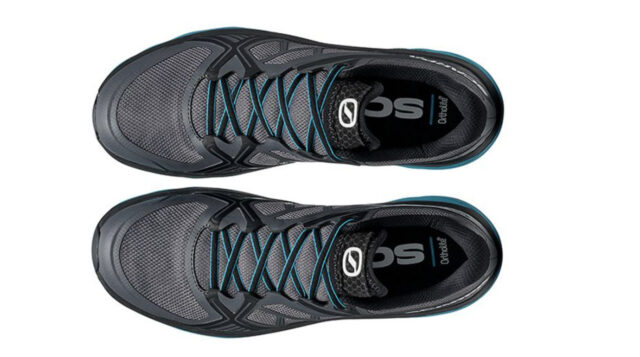
But before you write off the Spin Infinity based on that one paragraph, it’s important to note that all of those issues stem from my particular foot shape. I have fairly low-volume feet and very low arches, and the Spin Infinity is just a little too high-volume to cinch down well for my feet. So if you have higher volume feet and / or higher arches, you might not have any issues with getting a secure fit through the Spin Infinity’s midfoot and heel. Of course, that won’t change the fact that the Spin Infinity’s toe box is fairly narrow — especially if you’re used to the wider, more rounded toe boxes on shoes from Altra or Topo Athletic. But if you prefer a slightly narrower fit through the forefoot, the Spin Infinity might work pretty well for you. Again, if the shoe’s other merits are appealing to you (more on those later), you should go try them on in person to see whether or not they work for your feet / fit preferences.
Weight
In the world of high-cushion, long-distance specific trail shoes, the Spin Infinity is in the middle of the pack when it comes to weight. For reference, here’s how the Spin Infinity compares to other similar shoes from different brands (all stated weights are based on a US Men’s Size 9):
260 g / 9.2 oz — Salomon Ultra Glide
278 g / 9.8 oz — Hoka One One Challenger ATR 6
283 g / 10.0 oz — Topo Athletic Ultraventure 2
306 g / 10.8 oz — Scarpa Spin Infinity
306 g / 10.8 oz — Hoka One One Speedgoat 4
306 g / 10.8 oz — ON Running Cloudultra
306 g / 10.8 oz — Brooks Caldera 5
310 g / 10.9 oz — La Sportiva Akasha II
310 g / 10.9 oz — The North Face VECTIV Infinite
320 g / 11.3 oz — Altra Olympus 4.0
329 g / 11.6 oz — adidas TERREX Agravic Ultra
On paper, there are plenty of lighter high-cushion / long-distance trail shoes available — but the Spin Infinity also isn’t way on the heavy end of its category by any means. On the trail, I can definitely feel the Spin Infinity’s extra weight relative to the Salomon Ultra Glide, but the Spin Infinity still doesn’t feel like it’s way too slow / heavy. So unless you’re really prioritizing minimum weight, the Spin Infinity will probably be just fine from a weight perspective.
Upper
The Spin Infinity has a fairly burly upper, with substantial synthetic overlays that wrap around the base of the upper and connect the lacing system to the midsole. The rest of the upper uses a traditional lightweight mesh material. Like the Salomon Ultra Glide, the Spin Infinity also has a bootie-like tongue construction, with elastic gussets anchoring both sides of the tongue to the footbed. Scarpa calls this “Sock-Fit LW,” and it’s pretty much the same concept as Salomon’s EndoFit technology. The gusseted tongue helps with the Spin Infinity’s fit somewhat, but the elastic isn’t quite tight enough to provide as secure of a fit as I get from the EndoFit bootie in the Salomon Ultra Glide. Again, that probably wouldn’t be an issue for runners with higher-volume feet. The Spin Infinity’s tongue also has a lace pocket at the top to keep the laces from flopping around and coming untied during runs, which I definitely appreciate.
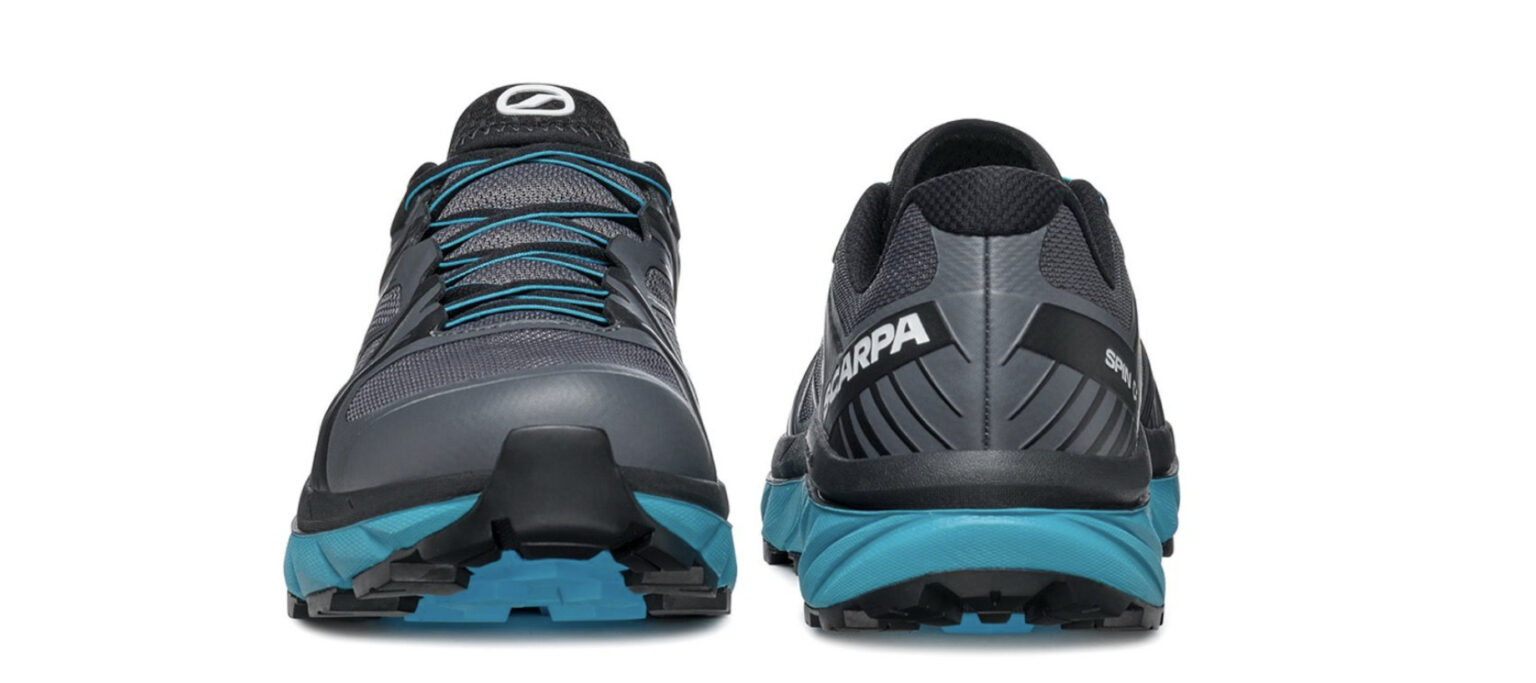
Overall, the Spin Infinity’s upper performs well — the open mesh is plenty breathable, while the generous overlays provide ample protection from various trail obstacles. I haven’t tested the Spin Infinity in any truly warm weather yet, but its upper doesn’t seem like it’ll be overly hot. One other minor critique — the overlay that wraps all the way around the bottom of the upper doesn’t have any gaps for drainage, so the Spin Ultra doesn’t drain quite as quickly as some of its competitors. That’s not a major issue for me, since I live in a pretty dry place, but I could see it getting annoying if you’re running in wet conditions on a daily basis.
Midsole
The Spin Infinity features a dual-layer midsole construction that’s designed to provide a balance of cushion and stability. The bottom layer uses a low-density EVA foam that’s intended to provide soft cushion and shock absorption, while the upper layer of firmer EVA is designed to provide extra support and stability. Those dual-density foams are paired with a 4 mm heel-to-toe drop and a modest forefoot rocker that Scarpa says are designed to promote an “efficient stride.”
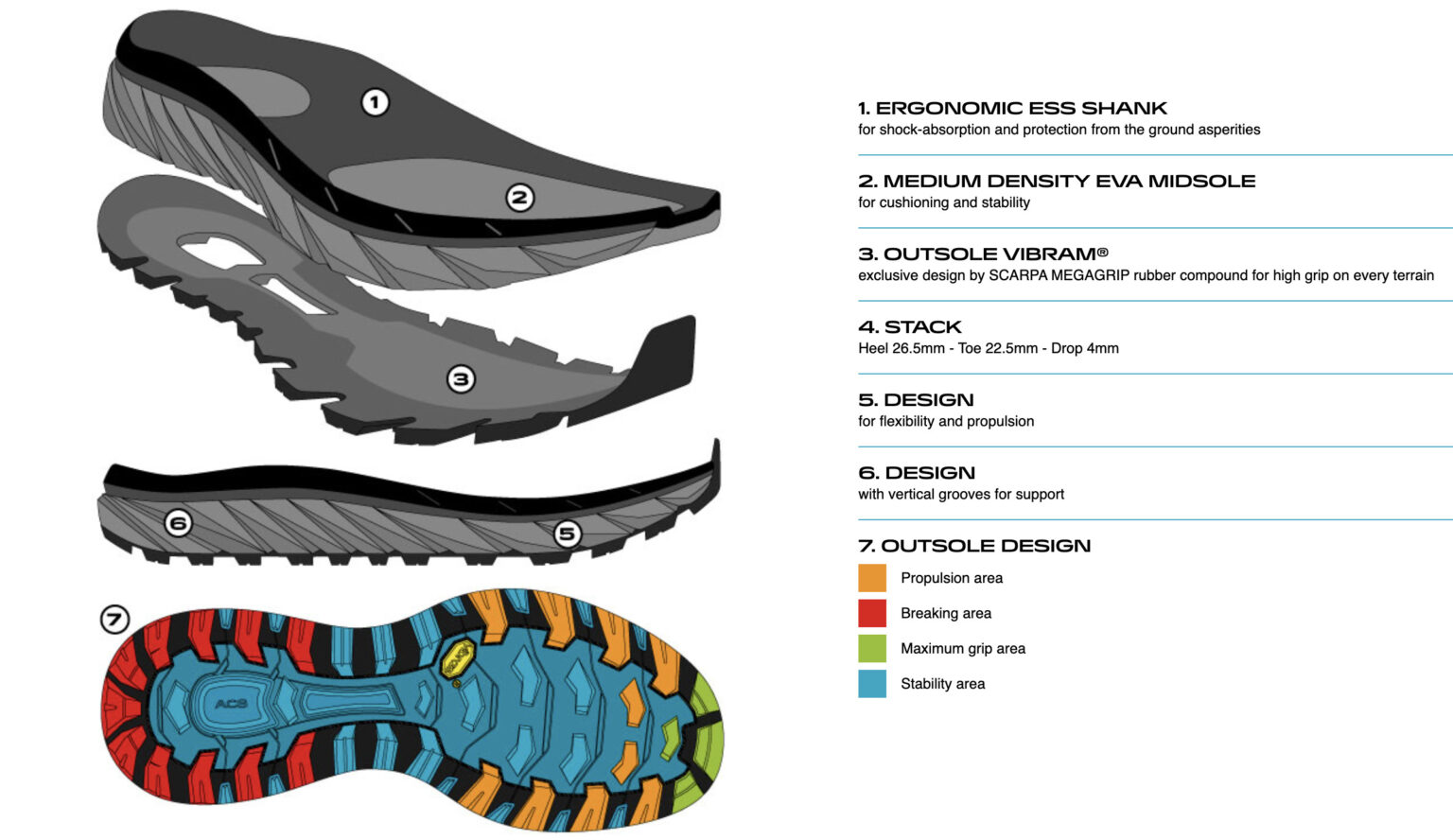
In practice, I think the Spin Infinity’s midsole leans more towards the stability side of things, at the expense of providing truly soft cushioning. The Spin Infinity feels noticeably firmer and less flexible than the Salomon Ultra Glide or Hoka EVO Speedgoat underfoot. That might be a pro or a con depending on your preferences, but personally, I’d prefer a little more soft cushion and flexibility, even if it reduced the Spin Infinity’s support / stability a bit. With that said, if you prefer shoes with firmer cushioning and / or more support, the Spin Infinity might be a better match than softer shoes like the Salomon Ultra Glide, adidas TERREX Two Ultra, or Hoka EVO Speedgoat.
I’ve also found that the Spin Infinity’s 4 mm drop and forefoot rocker feel best paired with a forefoot strike. I’m usually a forefoot or midfoot striker anyway, so that works just fine for me — but if you tend to mostly midfoot or heel strike, the Spin Infinity’s midsole geometry might feel a little awkward.
Outsole
The Spin Infinity has moderately aggressive, widely spaced chevron-shaped lugs composed of Vibram’s Megagrip rubber — which is the best in the business as far as I’m concerned. That construction gives the Spin Infinity plenty of traction on most trail surfaces, with the exception of deep mud or snow. I’ve always been especially impressed with the wet-traction properties of Megagrip outsoles, and the Spin Infinity’s outsole is no different — it provides ample traction on wet rocks and roots, which is more than I can say for plenty of other long-distance-oriented shoes (e.g., Salomon Ultra Glide, adidas TERREX Speed Ultra). The Spin Infinity’s widely-spaced lugs also shed mud well, giving the shoe more versatility in both wet and dry settings. Overall, I think the Spin Infinity’s outsole should provide excellent traction unless you’re slogging through deep mud / snow every day.

On Trail
Most of the trails here in Logan have been snow-covered during my time in the Spin Infinity, so my runs in the shoe admittedly haven’t had tons of variety so far. But after about 50 miles in the shoe, I’ve still been able to get a good sense of what settings it’s best suited for. For my preferences, that generally seems to be moderate-length, slower-paced runs on variable terrain.
The Spin Infinity’s relatively narrow toe box and insecure heel / midfoot have been the main limiting factors for me so far — I like the Spin Infinity’s excellent traction and extra protection / support on technical terrain, but its insecure fit isn’t particularly confidence-inspiring on uneven, rocky, or steep trails. The Spin Infinity’s looser fit and moderate weight also don’t make the shoe feel super fast / energetic on up-tempo runs. Similarly, I like the amount of protection the Spin Infinity provides on longer runs, but the narrow toe box gets uncomfortable for my preferences on runs over ~2 hours.
As a result, the Spin Infinity has pretty much been relegated to slower-paced recovery runs up to about 1.5 hours on moderate terrain. I usually go with a lighter, faster-feeling shoe like the adidas TERREX Speed Ultra for faster runs and interval workouts, while I much prefer softer shoes with more spacious toe boxes (e.g. Topo Athletic Mtn Racer 2 or Salomon Ultra Glide) for longer runs. Even on the shorter recovery runs that I think the Spin Infinity performs best on, I often pass it up in favor of other shoes in my larder that work better for my fit and cushioning preferences. With that said, I do think the Spin Infinity has potential as a long-distance shoe for runners with higher-volume feet who prefer a narrower toe box — the traction, protection, and support are all there; the fit just doesn’t quite work for my foot shape.
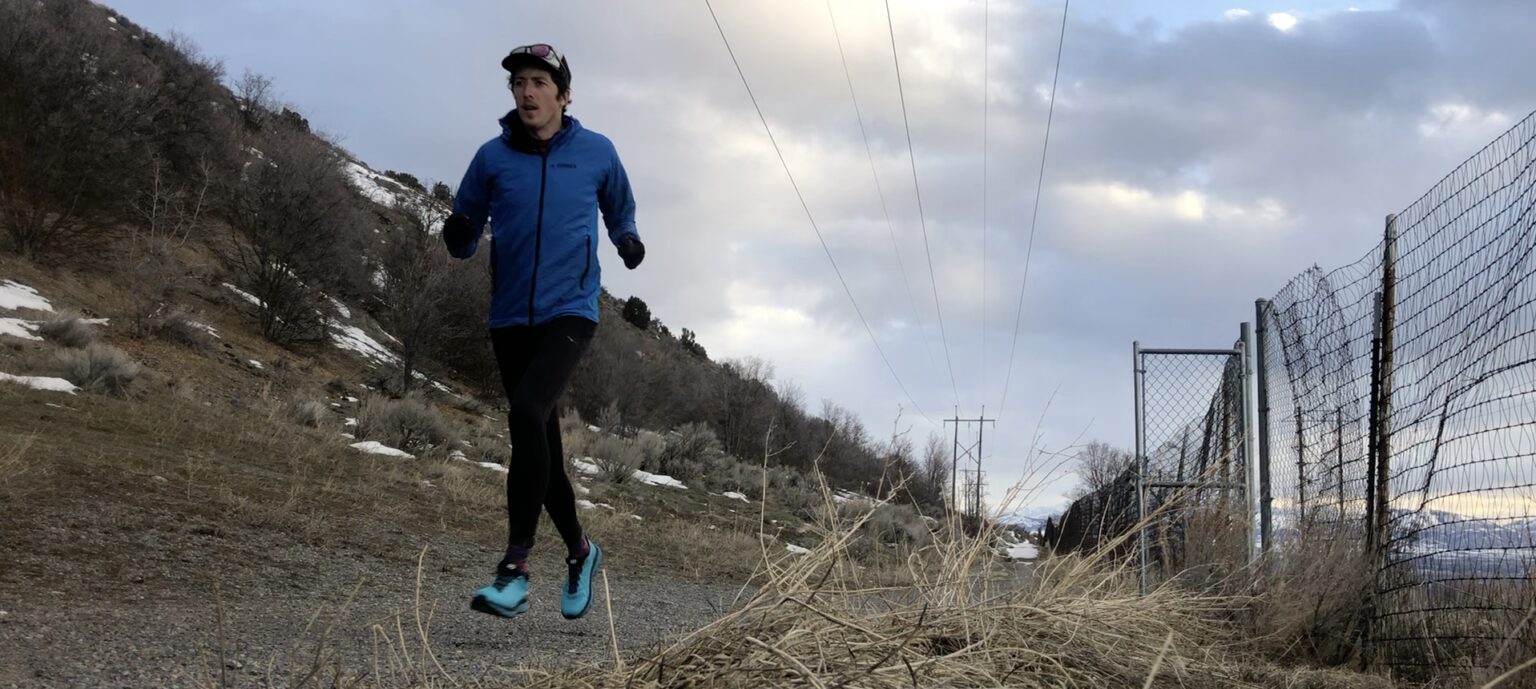
Durability
Obviously, any conclusions about long-term durability will have to wait, but after my first 50 miles in the shoe, the Spin Infinity is holding up quite well. It seems sturdily built, and the upper, midsole, and outsole aren’t showing any noticeable signs of wear. I’m also expecting the Spin Infinity’s firmer cushioning to hold up longer than the softer midsoles of shoes like the Salomon Ultra Glide or TERREX Speed Ultra — but time will tell. If I run into any unexpected durability issues with the Spin Infinity down the road, I’ll be back with updates.
Who’s It For?
As I’ve mentioned throughout the review, I think the Spin Infinity has the potential to work very well as a long-distance shoe for technical terrain if it works for your feet / fit preferences. If you have narrow, low-volume feet like me, I think you’ll probably get along better with a shoe like the Salomon Ultra Glide or Topo Mtn Racer 2. But if you have higher-volume feet and don’t like shoes with super wide toe boxes, the Spin Infinity could definitely be a good option — especially if you also prefer shoes that provide firmer cushioning and more support than many of the soft, pillowy, max-cushion shoes on the market.
Bottom Line
In my opinion, the Scarpa Spin Infinity could be a great long-distance trail shoe for the right person. I happen to not be that person, but that doesn’t mean that the Spin Infinity isn’t a good shoe. There are plenty of well-cushioned, secure-fitting trail shoes with wide toe boxes on the market, and if that’s what you’re looking for, I think you’ll probably be disappointed with the Spin Infinity. But if you’re not a fan of the wide, soft shoes that dominate much of the trail shoe market and have high-volume feet, I think the Spin Infinity is definitely worth a closer look.

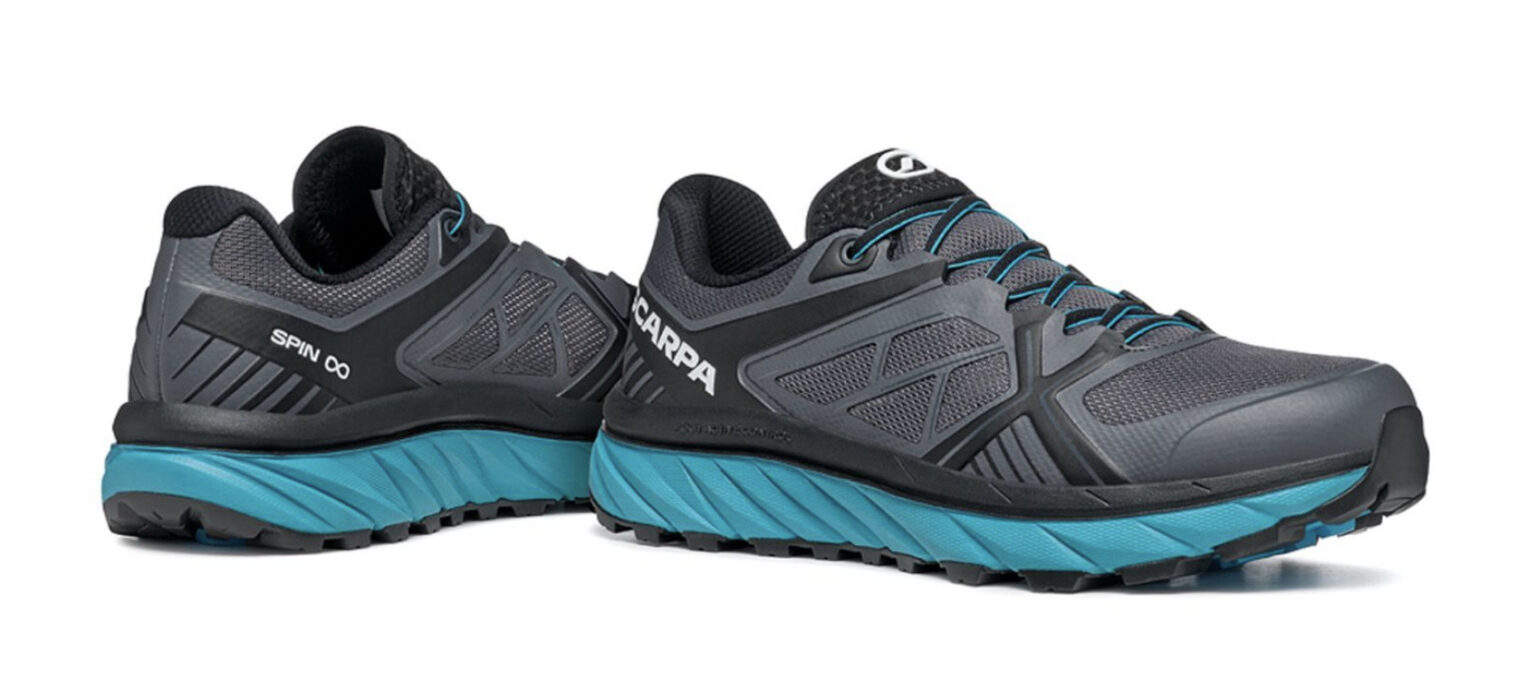

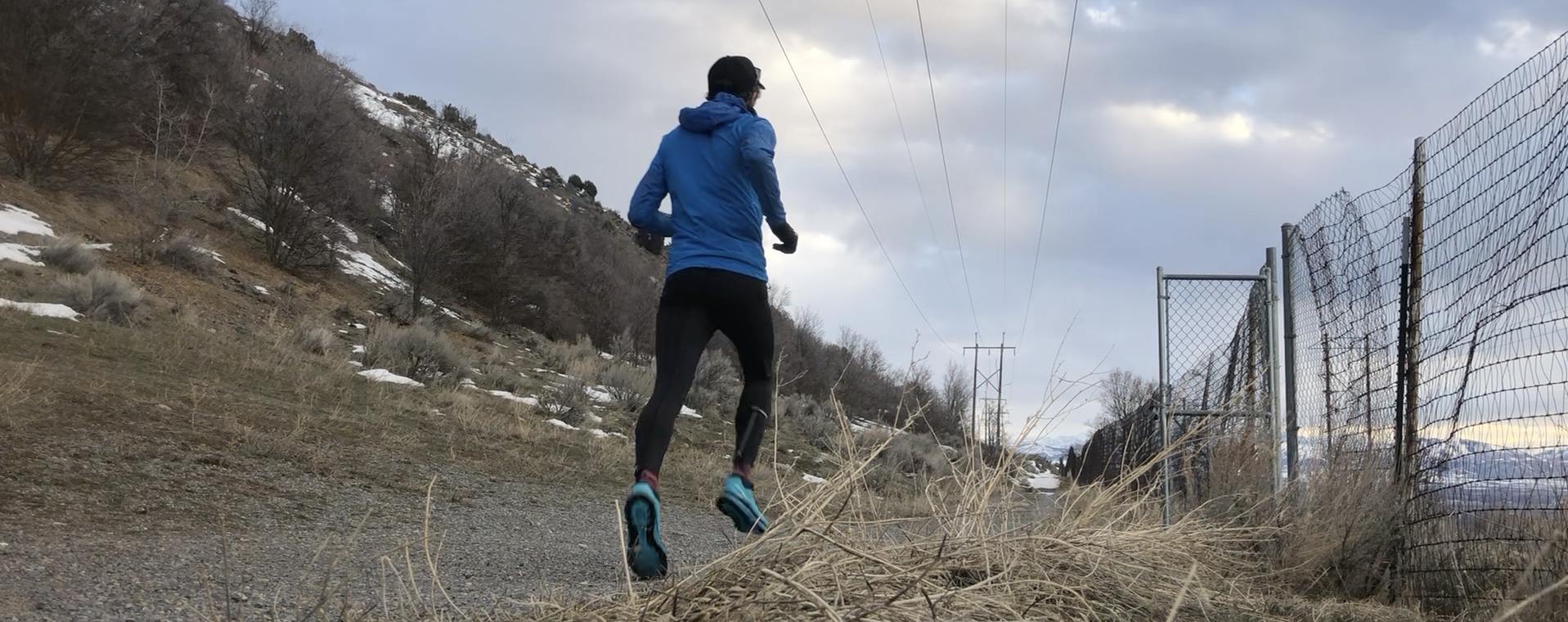
Perfect review, totally agree. While I love the Spin Ultra for rough terrain, I don’t really know when to wear the Infinity. A bit more forgiving and softer, but the fit makes problems for my toes after 2-3 hours, at least when laces right enough to have a more or less sufficient heel lock. Therefore long runs are not enjoyable and for short the shoes are too heavy. Feels like still not broken in after > 100km, bummer. But as you wrote, if the shoe fits your foot this is a very nice Allrounder to go long and don’t care about surface, technical, wer, etc.
I got the Spin Infinity and kept it on for a day in my living room: that was enough to tell that the toebox would not work for me. Too narrow for multi-day races where feet are swollen for 5 days in a row… I find the Spin Ultra, though less cushioned, has a much better fit so I got two pairs.